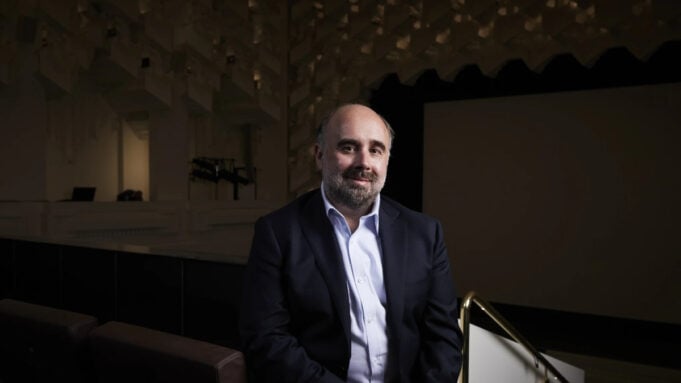Every film festival program is a state-of-play snapshot, showcasing the international cinema realm as it flickers when its selections are compiled. Via retrospective strands, it’s also a plunge into the past. And, through today’s fledgling titles from tomorrow’s great directors, an annual lineup for an event such as the Melbourne International Film Festival is equally a vision of the future. For Al Cossar, MIFF’s Artistic Director, looking ahead is a pivotal task. Even when the nuts and bolts of curating a festival remain the same — that is, screening films to audiences — MIFF doesn’t endure for over seven decades without knowing how to constantly create new ways forward.
Cossar has just unveiled his eighth program at the festival’s helm, which will screen in 2025 across Thursday, August 7–Sunday, August 24 in-person and from Friday, August 15–Sunday, August 31 online. Initially, he stepped into the Artistic Director position in an acting capacity for 2018’s festival while his predecessor Michelle Carey was on maternity leave, then took on the role proper from 2019 onwards. His tenure at Melbourne’s major yearly celebration of cinema dates back to a stint as a feature film preview panelist, before evolving to programmer across 2011–17. Cossar knows MIFF’s recent history too, then; he’s been a part of the event for more than a fifth of its 73-year lifespan so far.
“There’s a massive public screening program, but I guess we think of MIFF as this incredible infrastructure and ecosystem across industry, artists and audiences more so than ever,” Cossar tells Variety AU/NZ, chatting about how his role as Artistic Director has developed over nearly a decade now. For the festival’s audience this year, his lengthy experience has helped shape a 2025 lineup that spans the latest and greatest — a statement that applies to every MIFF program — but the idea that this is a network of cinema-related events rather than solely concerned with viewers watching the silver screen is firmly at its heart.
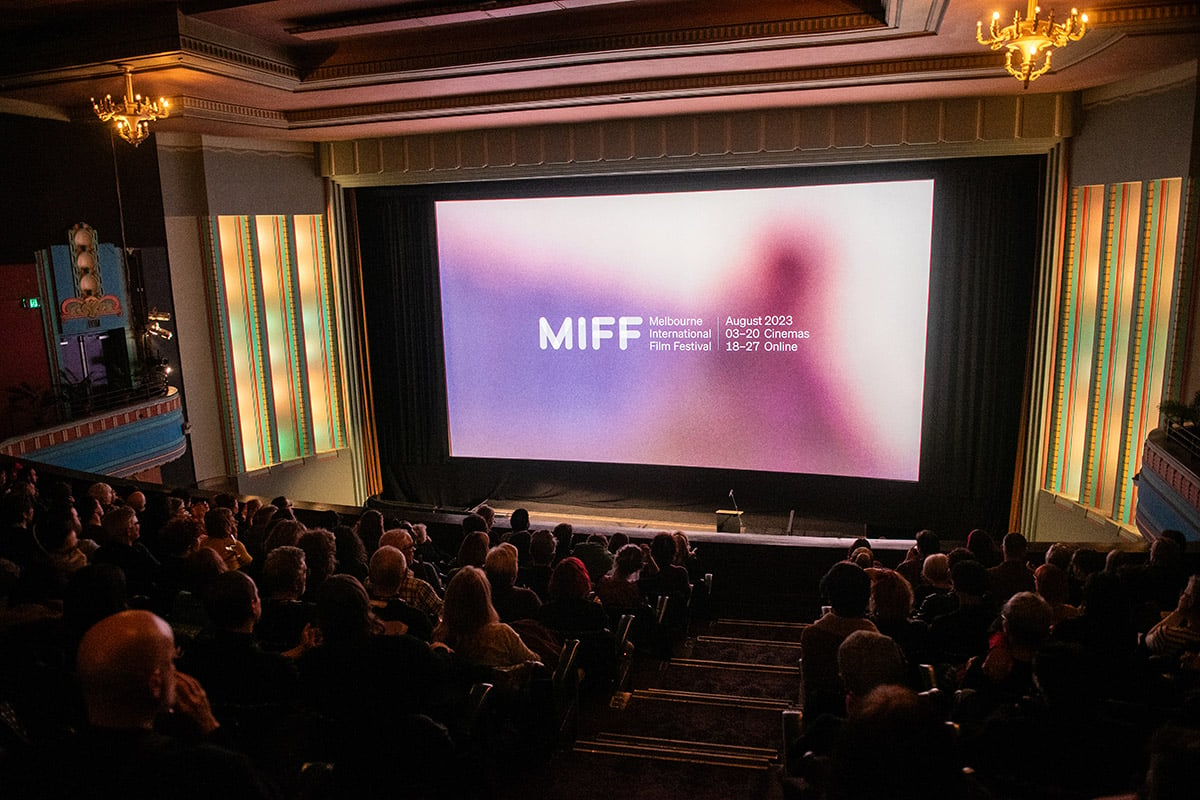
It was back in 2007, under then-Executive Director Richard Moore, that the festival added 37° South as its official industry program. The MIFF Premiere Fund, which helps provide minority co-financing to local features, began the same year. A few prior, MIFF Accelerator Lab started assisting short filmmakers progress towards crafting long-form works. MIFF’s Critics Campus was established in 2014 under Carey, as was its Travelling Film Showcase, which has now become dedicated weekends of regional screenings.
To these, Cossar built upon 2011’s early flirtation with online programming, including by necessity when 2020 and 2021’s festivals went virtual due to the early days of the COVID-19 pandemic and associated restrictions. The Bright Horizons film competition debuted in 2022, when MIFF marked its 70th birthday.
“There was an understanding, at the point I stepped into that Artistic Director role, in terms of the context of the festival and the audience around it,” he explains. “But that took a very — not sharp turn, perhaps that isn’t the right phrase, but it certainly evolved very quickly at the point of COVID, in terms of having to radically reinvent what the festival could be in that setting.”
“2021 was a very complicated year, being a year we wanted to deliver in-person, but there were three successive lockdowns, really, in the lead-up and during that delivery period that restricted metro and then regional — so a huge degree of complexity.”
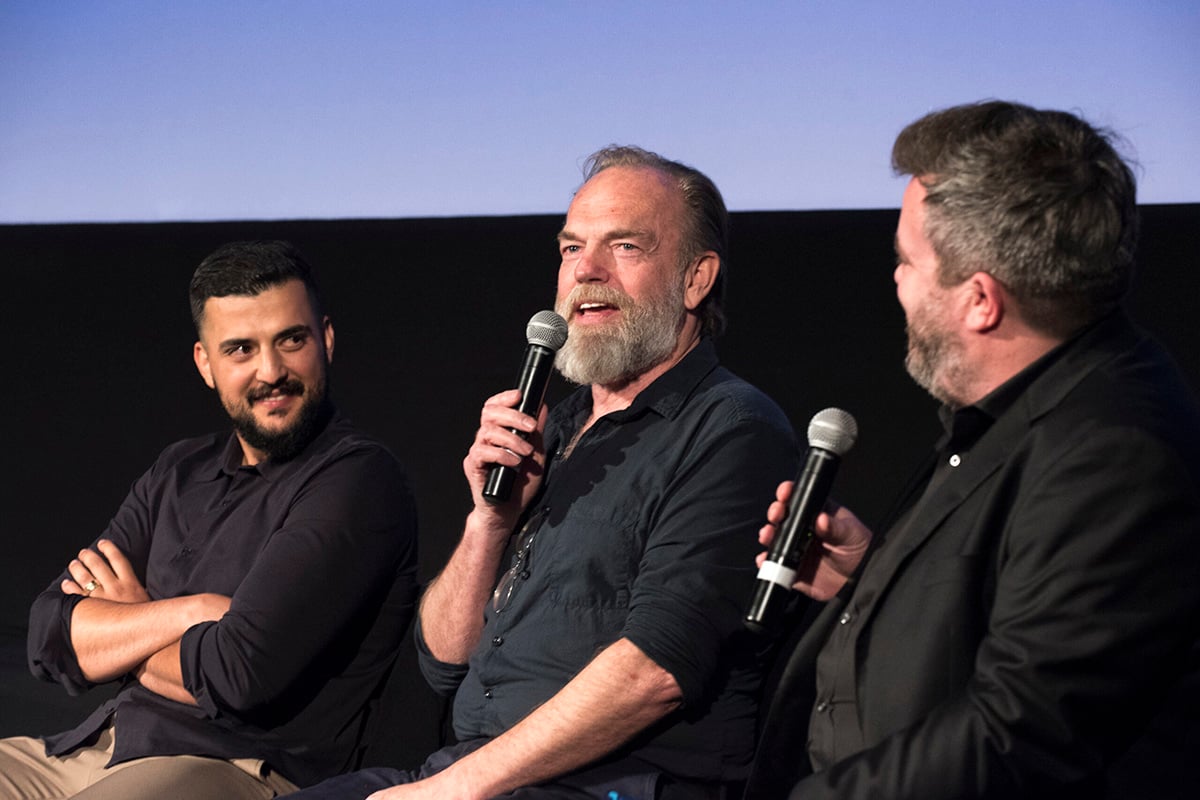
The task of advancing the MIFF ecosystem since then has continued to respond to the impact and aftermath of the pandemic shutting down the world, and film festivals IRL. “I know we’re several years out from 2020, and there are films in the festival that are very engaged with that moment his year,” he notes, “but there’s a series of rolling volatilities”. Cossar outlines “pandemic recovery, in terms of changing audience habits and audience behaviours — and some of those have changed back and others have evolved away, and some have stayed in that state of change”, as well as “industry volatility with SAG-AFTRA strike and, downstream, the cost-of-living crisis” as factors that MIFF has needed to factor in.
He sees the potential, too, that’s sprang from this period. “There’s been a step back every year since 2020, and a response to all of those changing behaviours,” he says. “And also an opening up of possibilities from that point, in terms of how we look back at COVID, and how it was a look-in-the-mirror-moment in terms of ‘what is that pure thing you do as a festival, in connecting artists and audiences, and presenting films, and how can you take some of that innovation that needed to happen at that moment and perhaps apply it, or at least apply the momentum of that change, in other places to see what other possibilities might be there at this point in time?’.”
Many fellow festivals added an at-home component during lockdowns, for instance, but have since scrapped them. MIFF has kept committing to retaining online viewing a part of the program — and, in the process, to actively engaging with the fact that, for some audiences, that’s where they watch more movies than in cinemas. “We have a festival structure that stayed in hybridity,” Cossar advises. “Our mantra during COVID and afterwards was to be a festival that meets audiences where they are, and so that was definitely a strategy inside of that thought.”
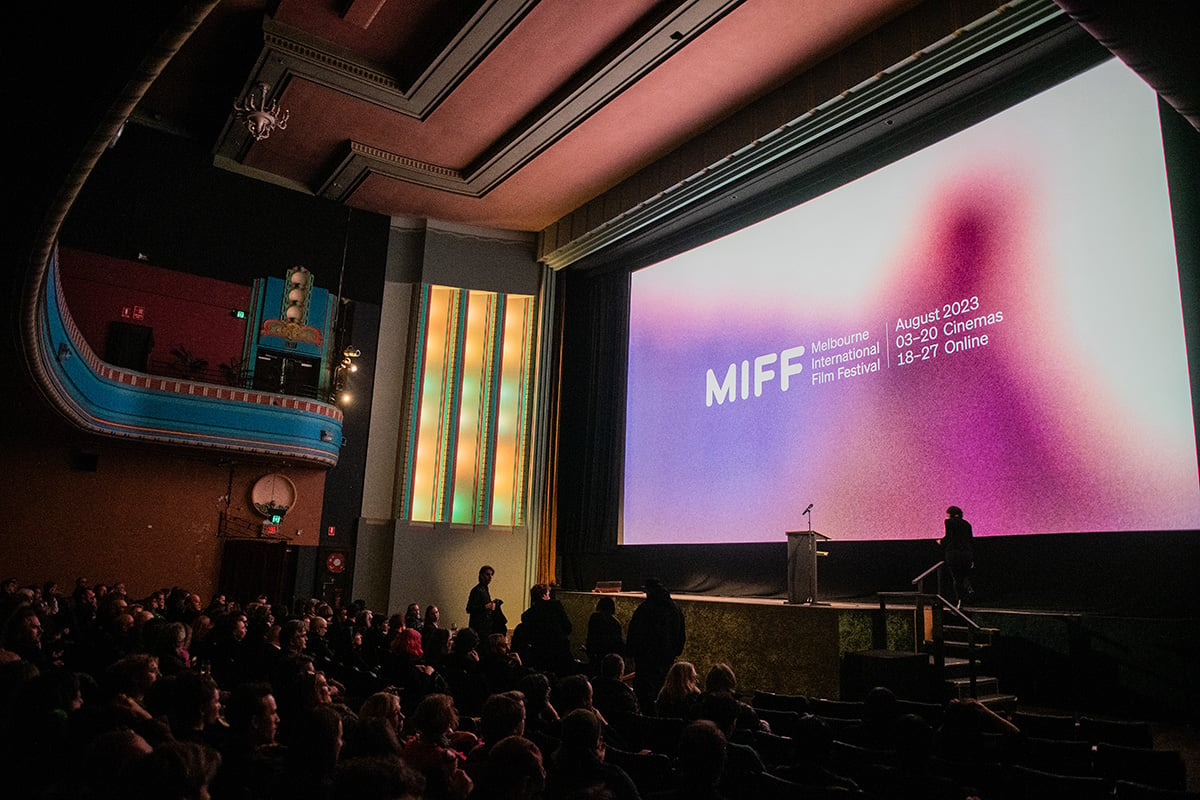
Opening up the festival to audiences Australia-wide without the need for them to head to Melbourne, embracing accessibility and giving diehard MIFF attendees even more chances to watch are all benefits of maintaining an online presence. “One of the things that has remained with it is the idea of access being a really powerful audience-development tool. MIFF is a massive festival, and we want it to be a welcoming one, and this is another way to welcome audiences in. It could be for older audiences, people with mobility or health issues. It could also be for young families who can’t get out of the house these days. It’s there for anyone. It’s a bridge to audiences. And that idea of access is what has sustained it as an offering for us, I think, across the intervening years as well,” Cossar says.
“And there’s also the idea, alongside that, of just MIFF’s audiences, a lot of them are cinema maximalists. They come to the festival, they’re there from start to finish, it’s incredible — MIFF is 73 years old now, so there’s a generational effect there as well, of growing up with it and coming to it, seeing five or six films a day. And this is another component, really, on that behaviour. People might come and see 50, 60, 70 films, and then they’ll go home and they can have even more if they want.”
“It’s there if you want to engage and you want to keep going — and you want to expand your own cinema marathon beyond the cinema portion of the festival, it’s all right there for you. Which I think is kind of lovely, because the way that word of mouth builds is there’s always something to discover, no one has the time to see everything at MIFF and there’s an extra innings for you there if you want.”
When Bright Horizons launched, both the future and growing MIFF’s ecosystem were front of mind. The plan was to create “a future-facing, forward-facing competition that would differentiate MIFF in the kinds of filmmakers that it was interested in”, Cossar says, “and speak very loudly into that space in terms of championing new and breakthrough filmmakers, those that were announcing themselves on the ascent and globally. We call it a space for the new, the next, the breakthrough and the best, or auteurs on the ascent”.
“It’s about recognising really significant new voices and really amplifying them, giving them a global platform, giving them a financial incentive, which can be transformational as well, and at a scale that becomes globally significant. So it focuses attention on MIFF, on these filmmakers, and also on Australian filmmakers, by virtue of inclusion in some of these competition lineups, as well.”
“It brings really fascinating filmmakers to MIFF. I think this year, there’s seven out of ten films in the competition that have director or expanded film team attendances. And so to be able to present those talents to Australian audiences, but also to potentially connect them to local industry, is really strategically significant as well — making those connections, certainly people who are at a particular moment in their career, that we’re able to help supercharge.”
For its fourth year, Bright Horizons has also achieved a particularly special feat before whichever film will follow in “Neptune Frost,” “Banel & Adama” and “Universal Language’s” winning footsteps is revealed: Charlotte Wells is the jury president, after her BAFTA-winning and Oscar-nominated “Aftersun” played in the competition’s debut run.
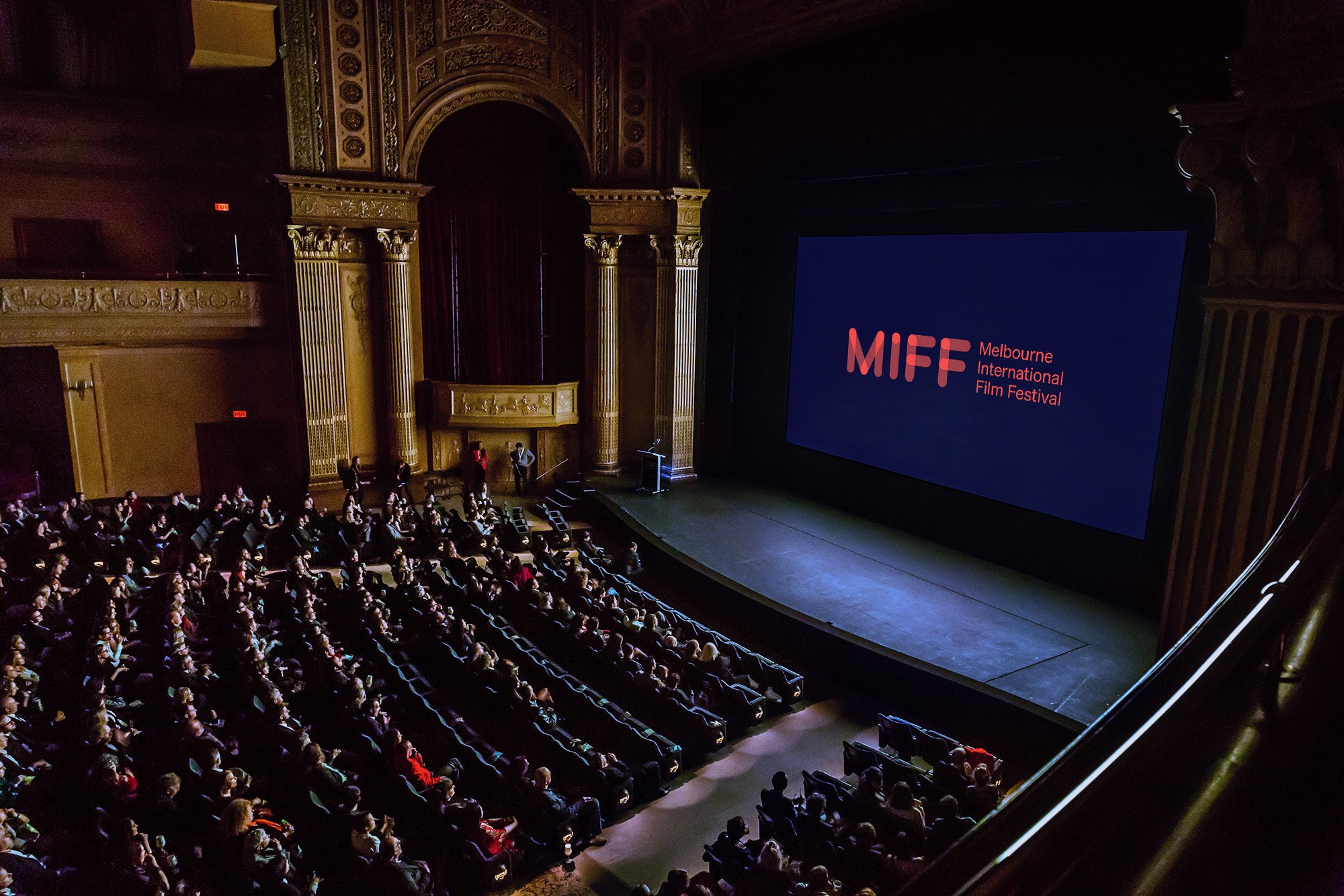
With filmmakers, the MIFF setup as it presently stands can usher new talent through a career-changing journey. “So, you could be a short filmmaker and you submit a short to MIFF. It gets in the program. Maybe it wins a prize at the Shorts Awards. Maybe you get into Accelerator, because there’s a talent developmental process there for short filmmakers emerging to feature production,” Cossar outlines.
“And maybe you submit your feature work for funding consideration in the Premiere Fund. Maybe you get into the Bright Horizons award,” he continues. “There’s these levels of engagement that feed right through the development, presentation and amplification of filmmakers, and how they connect to audiences and how they connect to other industry at the festival.”
With MIFF Schools and the annual family gala, a similar pathway exists for Melbourne audiences. Ideally, patrons will start their festival encounters as students, then continue long beyond their school years — or by attending with their parents, starting that generational effect that Cossar mentions. Maybe MIFF will then spark a love of interrogating cinema, leading them to Critics Campus as well.
Offering something for everyone, casual attendees among them, is as crucial to MIFF’s longevity, however, including courtesy of the festival’s growing live music events such as “Parasite” with composer Jung Jae-il performing and conducting his score live, plus Julia Holter’s new music for 1928 French silent great “The Passion of Joan of Arc”. On 2025’s program, both are Australian exclusives, and build upon a penchant for music programming that Cossar has been cultivating since before he became Artistic Director.
“The festival is the sum total of its films, but it’s also all of those moments in-between. And so we’re keenly aware, in terms of programming, what the experience is like,” he explains. “And that doesn’t just begin and end on-screen, but it certainly has that life of a collective experience as an audience,” Cossar continues.
“What the opportunity is in terms of engaging with artists, how that is articulated — all of those things, we consider in terms of how does MIFF differentiate itself from regular cinemagoing throughout the rest of the year, how can we make things really unique, capturing the lightning of something really landing with an audience and staying with them, and the festival being a launchpad for those kinds of experiences.”































